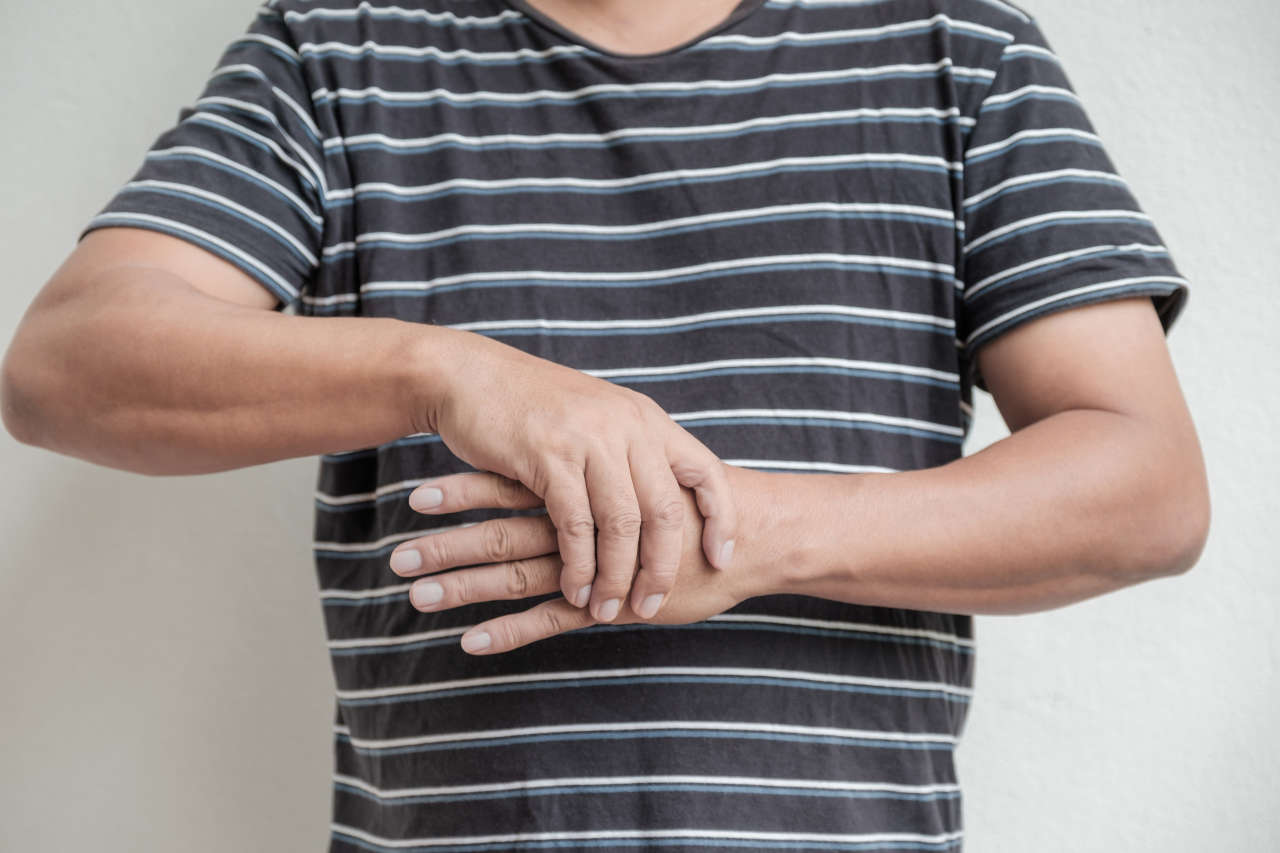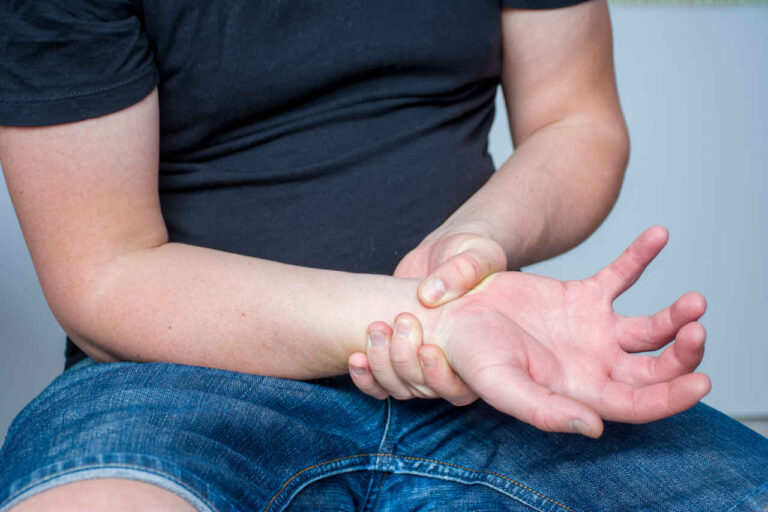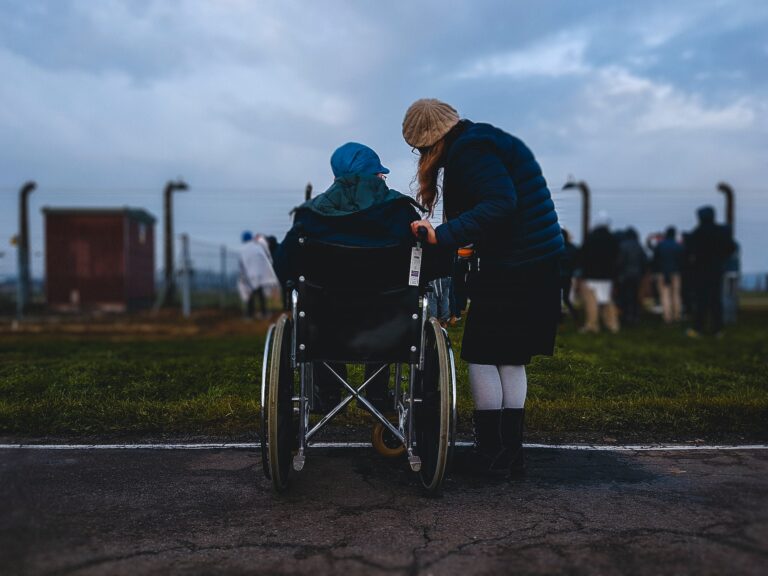
Though CIDP is treatable and some symptoms can be reversed, complete recovery is rare.
Makakatulong ba ang IVIG? | Libreng Impormasyon sa Paggamot ng IVIG
CIDP (chronic inflammatory demyelinating polyneuropathy) is a rare autoimmune disorder. In people with CIDP, the immune system damages the peripheral nerves (nerves outside the brain and spinal cord).
This condition affects about 30,000 Americans [1]. Primary treatments include corticosteroids, plasmapheresis (plasma exchange-PE), and IVIG. They aim to:
- Improve symptoms
- Restore functionality
- Achieve long-lasting remission (a period during which the symptoms become less severe or disappear)
Factors That Determine If CIDP or Its Symptoms Can Be Reversed
Type of CIDP
The three main types of CIDP are listed below.
- Monophasic: A single bout of CIDP persisting for several months or even years, followed by a period of spontaneous recovery.
- Chronic relapsing: The symptoms continue to worsen, followed by remissions between relapses.
- Chronic progressive: The symptoms worsen constantly and never improve.
Age at Diagnosis
In general, younger age at diagnosis is a good predictor of a more favorable long-term prognosis.
Symptom Type
People with symmetrical symptoms—weakness and numbness on both sides of the body—tend to have fewer relapses and better treatment outcomes [3].
The Amount of Time Symptoms Take To Worsen
In general, the longer it takes for the symptoms to worsen, the better the long-term prognosis.
Early Response to Treatment
A good initial response to treatment is suggestive of prolonged remission.
Treatment Initiation
The earlier the treatment starts following diagnosis, the lower the chance of permanent nerve damage.
Can CIDP Be Reversed? Recovery Is Possible But Rare

Only a handful of studies suggest CIDP can be reversed. However, early and appropriate treatments have resulted in prolonged remission.
For instance, a 2017 trial revealed that maintenance treatment with 1g/kg IVIG every 21 days resulted in sustained remission for 52 weeks in about 70% of the participants [4].
In 2018, Japanese researchers published a case report showing the restoration of nerve function in a woman. The woman received steroids at age 54, and her nerve function improved at 68, 72, and 73 years of age [5].
In a 2022 case report, a man with CIDP and MS reported full recovery of almost all symptoms following treatment with ocrelizumab [6]. Notably, the person was resistant to conventional treatments for both CIDP and MS.
Health experts are investigating other treatment options, such as hematopoietic stem cell transplantation (HSCT), also known as bone marrow transplant. It involves administering healthy blood-forming stem cells to a person with depleted bone marrow. Anecdotal evidence suggests that HSCT may reverse CIDP in some people. However, more extensive, well-controlled studies are needed to confirm this.
A 2023 review concludes that HSCT can be effective in treatment-resistant CIDP [7]. So far, over 70 individuals with treatment-resistant CIDP have received HSCT [8].
Makipag-usap sa isang Espesyalista Tungkol sa Tulong sa Copay
Does CIDP Affect Life Expectancy?
CIDP, on its own, is unlikely to affect lifespan. However, complications, coexisting medical conditions, and treatments can affect pag-asa sa buhay and quality of life.
A 2023 review suggests that nearly 1 in 2 individuals with CIDP have a favorable outcome and no disease-related disability [9].
Can CIDP Go Away on Its Own?
Spontaneous recovery is possible in some cases. This is a common feature of the monophasic category of CIDP. Nonetheless, early diagnosis and treatment are crucial to prevent permanent nerve damage.
Has Anyone Ever Recovered From CIDP?
Although possible, complete recovery is rare. Even among individuals who recover entirely, numbness and weakness may persist indefinitely.
What Is the Most Effective Treatment for CIDP?
- Corticosteroids
- Plasma exchange
- IVIG
- Immunotherapies
- Monoclonal antibodies
MGA SANGGUNIAN:
- Paaralan, McGovern Medical. "CIDP | Talamak na Inflammatory Demyelinating | UTHealth Houston." Neurology, Neurosurgery, Pangangalaga sa Spine | UTHealth Neurosciences, 17 Okt. 2023, med.uth.edu/neurosciences/conditions-and-treatments/nerve-disorders/chronic-inflammatory-demyelinating-polyneuropathy.
- Brun, S.; de Sèze, J.; Muller, S. CIDP: Current Treatments and Identification of Targets for Future Specific Therapeutic Intervention. Immuno 2022, 2, 118-131. https://doi.org/10.3390/immuno2010009
- Kuwabara, S et al. “Long term prognosis of chronic inflammatory demyelinating polyneuropathy: a five year follow up of 38 cases.” Journal of neurology, neurosurgery, and psychiatry vol. 77,1 (2006): 66-70. doi:10.1136/jnnp.2005.065441
- Kuwabara, Satoshi, et al. “Intravenous Immunoglobulin for Maintenance Treatment of Chronic Inflammatory Demyelinating Polyneuropathy: A Multicentre, Open-label, 52-week Phase III Trial.” Journal of Neurology, Neurosurgery, and Psychiatry, vol. 88, no. 10, Aug. 2017, pp. 832–38. https://doi.org/10.1136/jnnp-2017-316427.
- Koike, Haruki et al. “Restoration of a Conduction Block after the Long-term Treatment of CIDP with Anti-neurofascin 155 Antibodies: Follow-up of a Case over 23 Years.” Internal medicine (Tokyo, Japan) vol. 57,14 (2018): 2061-2066. doi:10.2169/internalmedicine.0455-17
- Auer, Michael et al. "Pagbawi ng Talamak na Inflammatory Demyelinating Polyneuropathy sa Paggamot na May Ocrelizumab sa isang Pasyenteng May Co-Existing Multiple Sclerosis." Journal ng sakit sa central nervous system vol. 14 11795735221084837. 28 Mar. 2022, doi:10.1177/11795735221084837
- Zheng, Yongsheng et al. “Efficacy of hematopoietic stem cell transplantation treatment in refractory chronic inflammatory demyelinating polyradiculoneuropathy: a systematic review and meta-analysis.” European journal of neurology vol. 30,8 (2023): 2570-2582. doi:10.1111/ene.15857
- Qin, Zhen et al. “Progress in Hematopoietic Stem Cell Transplantation for CIDP.” International journal of medical sciences vol. 17,2 234-241. 14 Jan. 2020, doi:10.7150/ijms.38363
- Al-Zuhairy, A., & Jakobsen, J. (2023). Outcome in chronic inflammatory demyelinating polyneuropathy: A systematic review and meta-analysis. Muscle & Nerve, 68(4), 388-396. https://doi.org/10.1002/mus.27820












